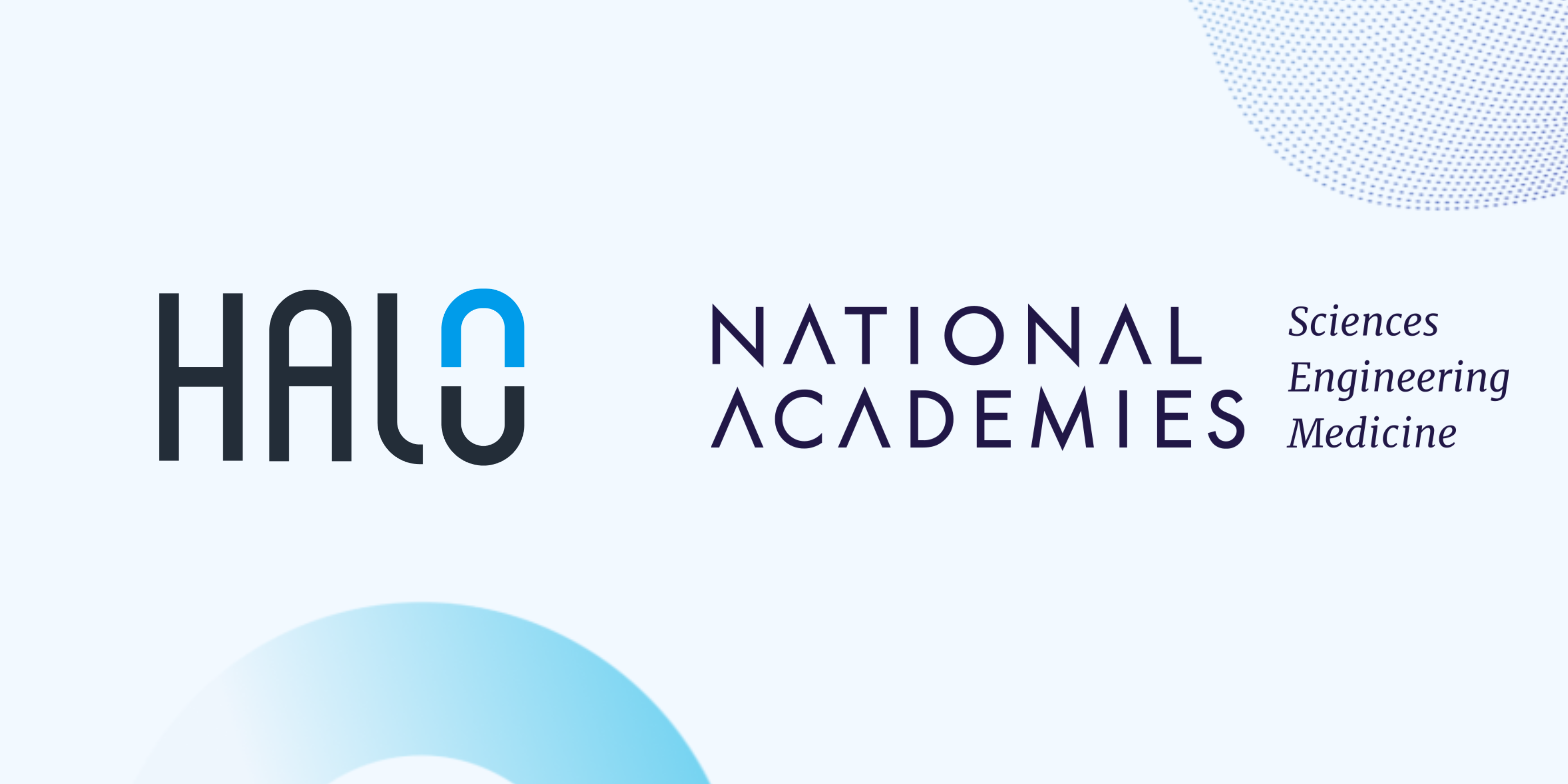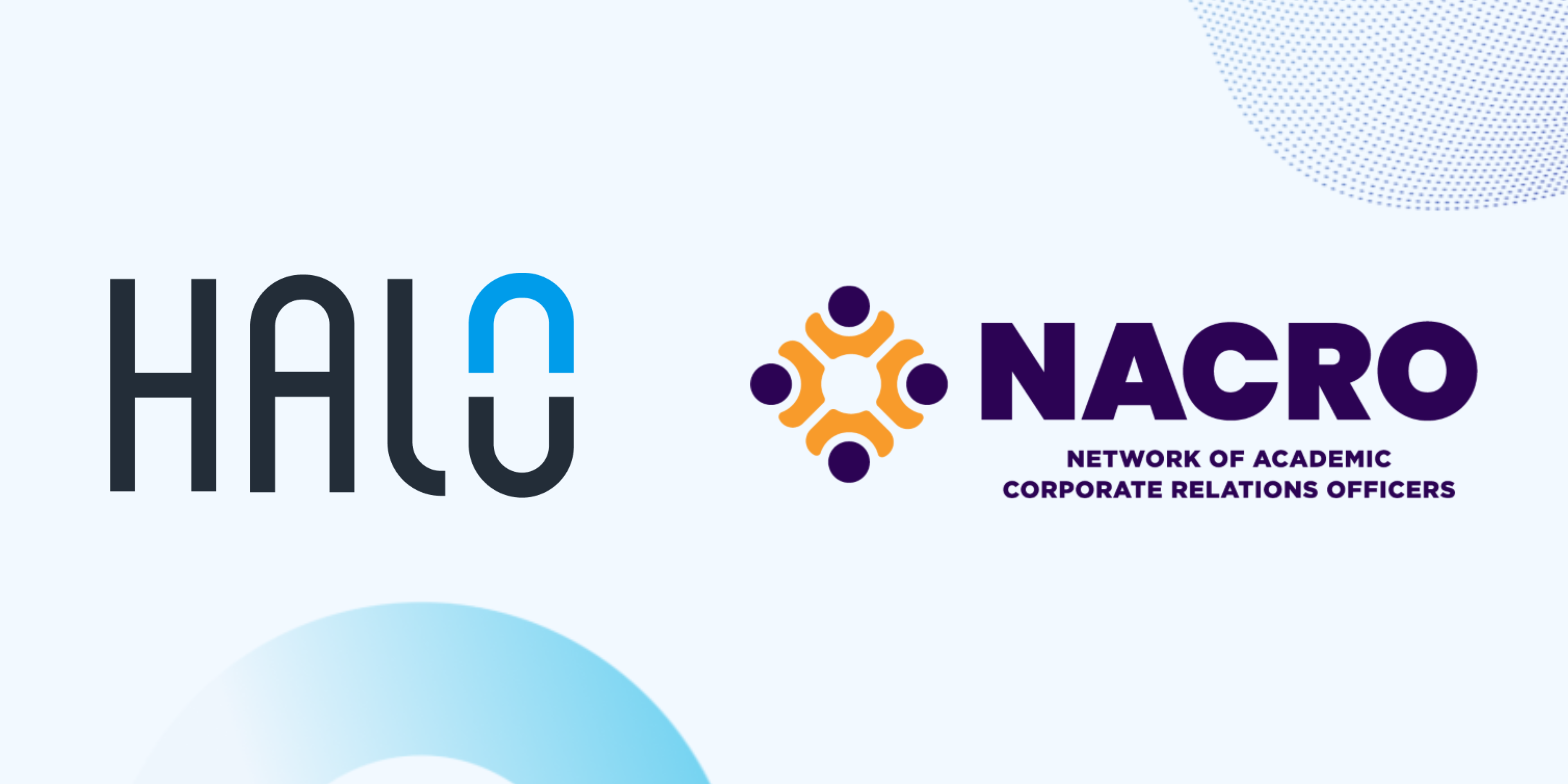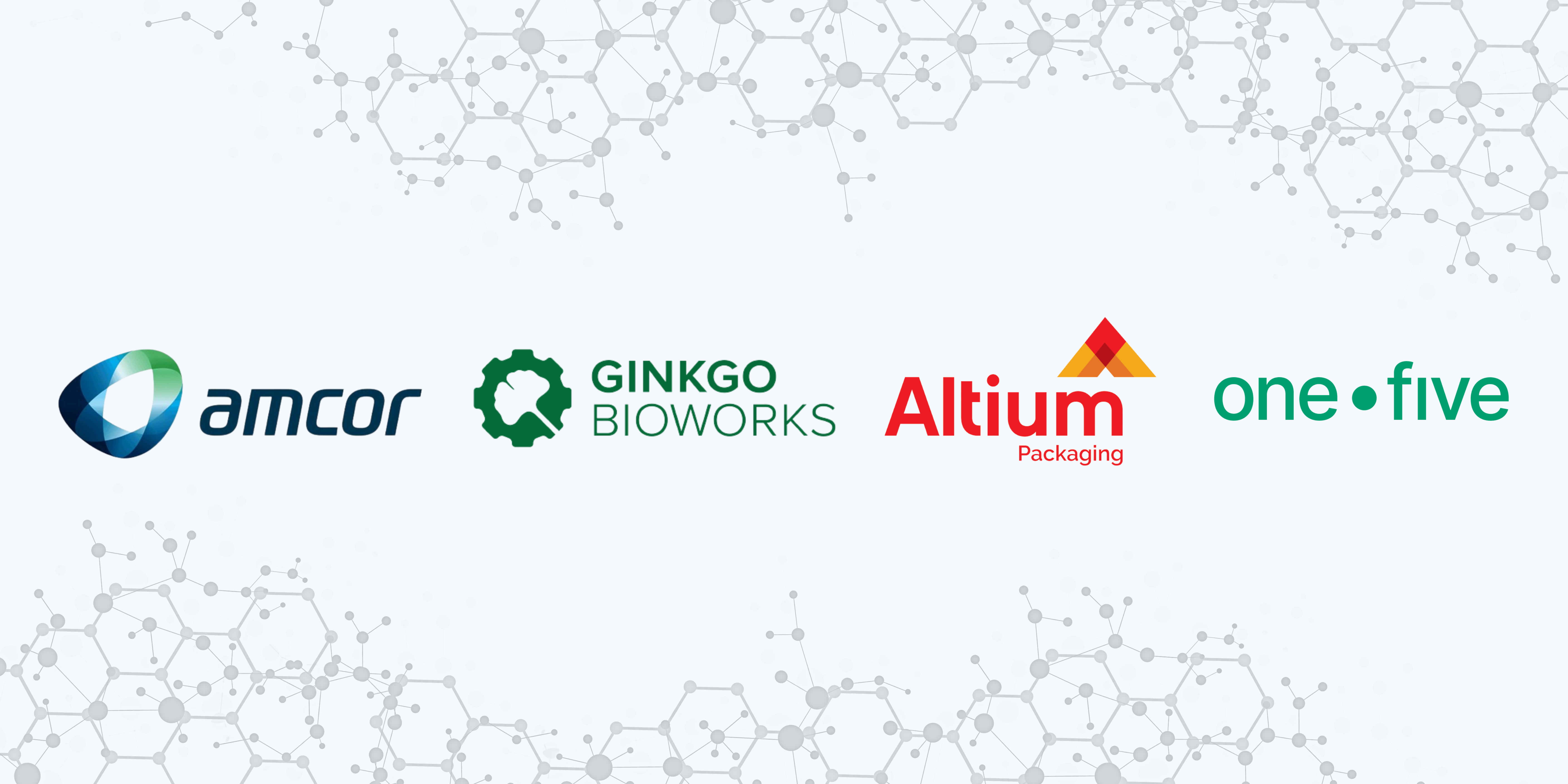Halo recently entered a first-of-its-kind project with the National Science Foundation (NSF) under the NSF’s Technology, Innovation, and Partnerships (T.I.P.) Directorate. This groundbreaking project aims to bridge the gap between industry and scientific talent spread across U.S. research institutions.
With the NSF’s support, we are thrilled to enhance partnerships for essential technologies like artificial intelligence and advanced materials in light of escalating climate issues. Read the NSF’s announcement below:
NSF invests in a pilot to catalyze partnerships between industry and researchers at emerging research institutions
The U.S. National Science Foundation announced a new $1.2 million pilot effort designed to create new, diverse partnerships among emerging research institutions in U.S. higher education and industry innovators to accelerate breakthrough technologies to impact.
The 18-month effort will be led by Halo, an artificial intelligence-powered technology platform that helps corporate research and development (R&D) teams more efficiently connect with scientific partners and bring innovations to market faster. As part of the NSF-funded pilot, Halo will initially focus on matching industry researchers with academic scientists in materials science and engineering at emerging research institutions, or institutions of higher education that receive less than $50 million in federal research expenditures. By democratizing access to industry partners among a broader set of institutions, NSF seeks to advance and commercialize a growing number of exciting early-stage innovations to address urgent challenges facing the country and the planet.
“Academic-industry partnerships fuel innovation in key technology areas, leading to more opportunities for the U.S. to be globally competitive… to foster these partnerships and their impacts, it is imperative that researchers across a wide range of universities and companies connect with one another in ways that make it easy to surface challenge problems and identify areas of mutual interest.”
Erwin Gianchandani, NSF assistant director for Technology, Innovation and Partnerships (TIP)“We created Halo to unite researchers from across the R&D spectrum to solve hard problems, bring innovations to the world and move science forward. Through our platform and with the support of NSF, we can connect industry with the full breadth and depth of the nation’s scientific talent, regardless of where they’re located or their existing relationships with industry.”
Kevin Leland, CEO and founder of Halo
Since launching in 2020, nearly 8,000 academic scientists, 2,000 startups and 1,500 university administrators across 100 countries have created profiles on Halo describing their research interests. Of the more than 2,300 universities represented on the platform, more than 450 universities are U.S.-based.
“Finding R&D partners is more critical than ever, but the approach of most companies is reactive and manual. Companies mostly rely on conferences, consultants, and relationships with a handful of well-known and well-resourced or nearby universities. As a result, they can miss out on a larger body of very innovative research happening in many other institutions of higher education, specifically at emerging research institutions, that are not as well known or in their proximity but may be very relevant to their missions. In this pilot project, we expect Halo to utilize their technology platform to bridge this divide.”
Thyaga Nandagopal, division director of the TIP Division of Innovation and Technology Ecosystems
The pilot in materials science and engineering aligns with one of the key technology areas identified in the CHIPS and Science Act of 2022.
The award to Halo is an example of a TIP pilot effort. TIP views pilots as experiments that offer an opportunity to learn something new or improve the agency’s overall approach to funding research and innovation. Specifically, each pilot involves defining a hypothesis, testing it and then assessing the outcomes to inform if the approach is worthy of further investment and scaling. To learn more about TIP’s pilots, visit the TIP Pilot Efforts webpage.








